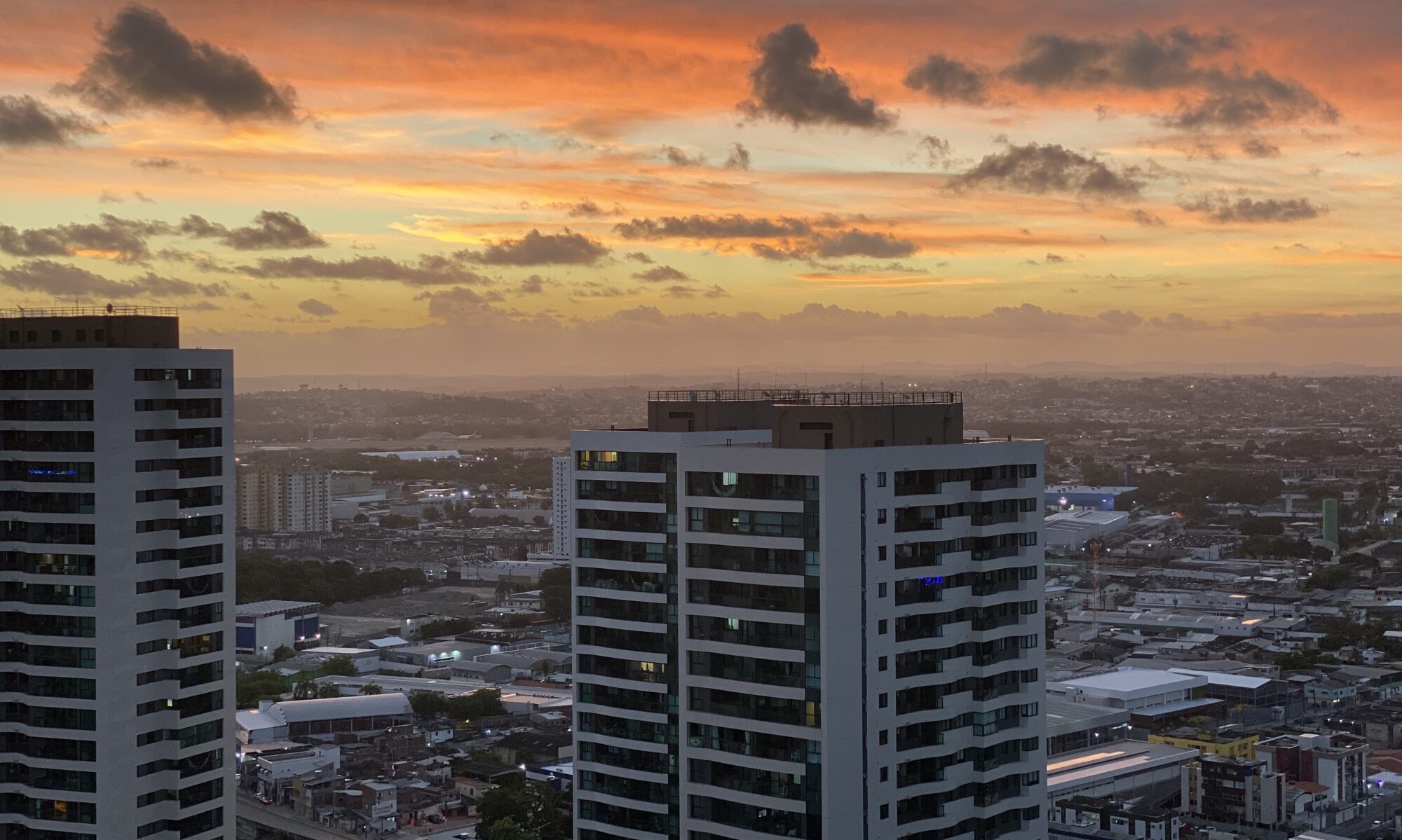The beautiful beaches of the capital, Maceió, with their blue-green sea set against a history of almost five centuries of dissent of all kinds, show the extent to which Alagoas is a land of contrasts. One of the regions invaded by the French early in the 16th century when France was in conflict with Portugal over vast areas of the Brazilian territory, Alagoas became a stage where war and peace have provided contracting scenarios.
The region was liberated from the French in 1535 only to be invaded by the Dutch, who were driven out by the Portuguese, only fifteen years after occupation in 1645. During that period – between 1590 and 1694 – the region was the scene of the most important resistance movement by slaves in Brazil, during which thousands of Negroes fled from the estates, towns and villages of the Northeast and took refuge in the Quilombo dos Palmares. Alagoas was also the land of brave Indian warriors who, like the Negroes, bravely resisted slavery but who nowadays are reduced to around 6,000 individuals spread over eight groups.
The State of Alagoas was one of the regions patrolled by Virgolino Ferreira da Silva, known as “O Lampião” (the lantern), Brazil’s most famous, mythical highwayman who died in 1938. He was a kind of righteous rogue who for more than a decade instilled terror across the entire Northeast of Brazil. This “king of the highwaymen”, his wife and nine other gang members were brutally beheaded by the police who organized a gruesome procession in which their heads were displayed along 145 km of bushland.

Alagoas is known as the “land of the marshals” because it was the birthplace of Brazil’s first two presidents – Marshal Deodoro da Fonseca and Marshal Floriano Peixoto. The same State was the political cradle of Fernando Collor de Mello, who was president of Brazil for almost three years before his impeachment in 1992 in the face of accusations involving corruption. Responsible for financial irregularities during the period, Paulo César Farias, a key player in the impeachment process, was imprisoned and, upon release, was murdered in the State.
Alagoas was also the birthplace of Graciliano Ramos whose novels – chiefly “Vidas Secas” (Dry Lives) – best described the cyclic phenomenon of drought in the Brazilian Northeast. Initially a provincial politician, Ramos discovered his vocation as a writer when he was mayor of Palmeira dos Índios and wrote to friends protesting against the corruption and bureaucracy that were a feature of the administration in his region. Graciliano Ramos joined the Brazilian Communist Party in the underdeveloped city which he governed and was later to become a political prisoner during the first dictatorship in the history of Brazil. It was in prison that he wrote “Memórias do Cárcere” (Prison Memoires), another of his masterpieces.
Over recent decades, the State of Alagoas has become one of Brazil’s main tourist areas, attracting visitors mainly because of its beautiful beaches, in particular that of the capital, Maceió.
In economic terms, the State is also a major producer of sugar and alcohol, although this has declined in recent years. At present, its economy centres mainly around small industrial production, oil drilling, livestock and agriculture with products such as avocado, coconut, beans, tobacco, cassava and maize. The State has mineral reserves consisting of rock-salt and natural gas.


